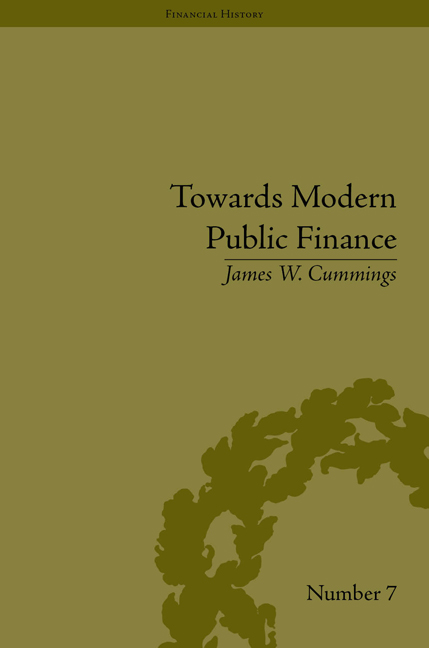Book contents
- Frontmatter
- CONTENTS
- List of Tables
- Introduction
- 1 Financial and Economic Background
- 2 Ideology, Revenue and Financial System
- 3 The Loan of 1846
- 4 The Loan of 1847
- 5 Mexico's Finances
- 6 Making War Pay: The Mexican Assessments
- 7 The Independent Treasury at War
- 8 The Loan of 1848
- 9 Mexican Indemnity and Bounty Land
- Conclusion
- Notes
- Works Cited
- Index
Conclusion
- Frontmatter
- CONTENTS
- List of Tables
- Introduction
- 1 Financial and Economic Background
- 2 Ideology, Revenue and Financial System
- 3 The Loan of 1846
- 4 The Loan of 1847
- 5 Mexico's Finances
- 6 Making War Pay: The Mexican Assessments
- 7 The Independent Treasury at War
- 8 The Loan of 1848
- 9 Mexican Indemnity and Bounty Land
- Conclusion
- Notes
- Works Cited
- Index
Summary
The exchange of the ratified treaty in May 1848 and withdrawal of the American army of occupation ended the conflict and allowed reconstruction to begin. The Americans counted the war's cost and addressed the task of absorbing the new lands and repaying the debt. The Mexicans strove to rebuild their institutions and find civil and financial stability. Neither nation's efforts proved entirely satisfactory. In the United States the struggle over the expansion of slavery into the new territories inflamed sectional feelings. A promising start towards redeeming the debt was halted by the Panic of 1857 and then the Civil War. The treaty payments allowed the new government in Mexico City to keep the peace for a few years. By 1853 this resource was exhausted or squandered and Mexico entered into another round of revolutions.
The American territorial gains came at a high price in human misery. Of the 104,184 American soldiers and marines enrolled, 13 per cent died. Emory Upton, the accepted authority, estimates battlefield deaths at 1,551, including 944 regulars and 607 volunteers. An additional 3,300 were wounded. Disease and accident were the greatest killers. Seven times more troops died of these causes than were killed in action. The final total of 13,780 fatalities included 12,229 non-combat deaths.
The financial cost of the war to the United States is less precise. The Whigs came to power in March 1849 anxious to blame the increased cost of government on the Democrats’ war. To some extent the Whigs were correct. The increased size of the nation required more government services and a larger military and civil bureaucracy. The nation assumed responsibility for additional interest, treaty payments, rewards to its fighting men and pensions. Most of the costs associated with the war were incurred after the fighting ceased.
In December 1849 the secretary of the Treasury, William Meredith, estimated the actual cost of waging the war at $63,605,621. Meredith computed the army's expenditures for the period 1 April 1846 to 1 April 1849, and the navy's from 1 April 1846 to 1 October 1848, and then deducted what should have been their normal peacetime expenditures.
- Type
- Chapter
- Information
- Towards Modern Public FinanceThe American War with Mexico, 1846–1848, pp. 157 - 166Publisher: Pickering & ChattoFirst published in: 2014



